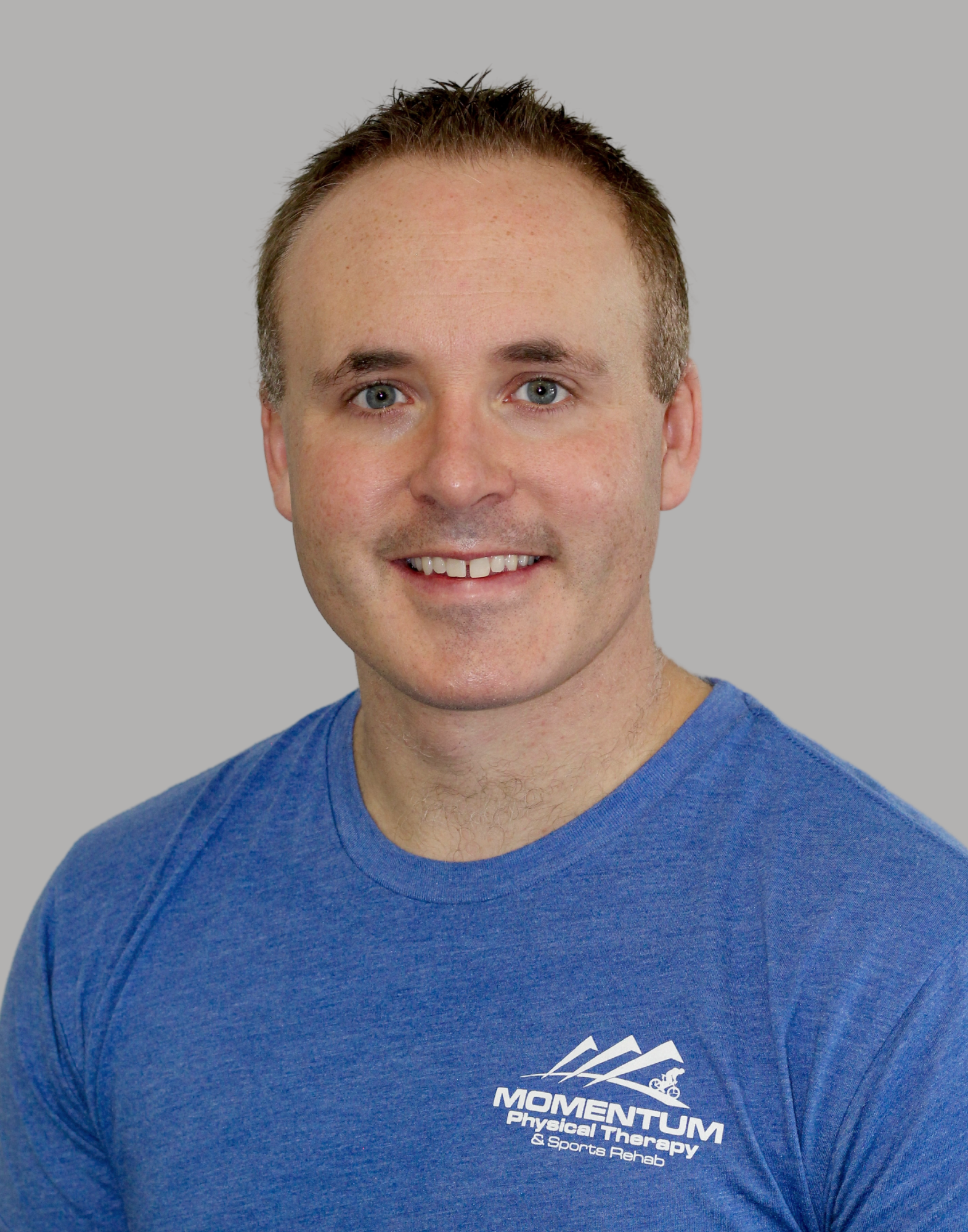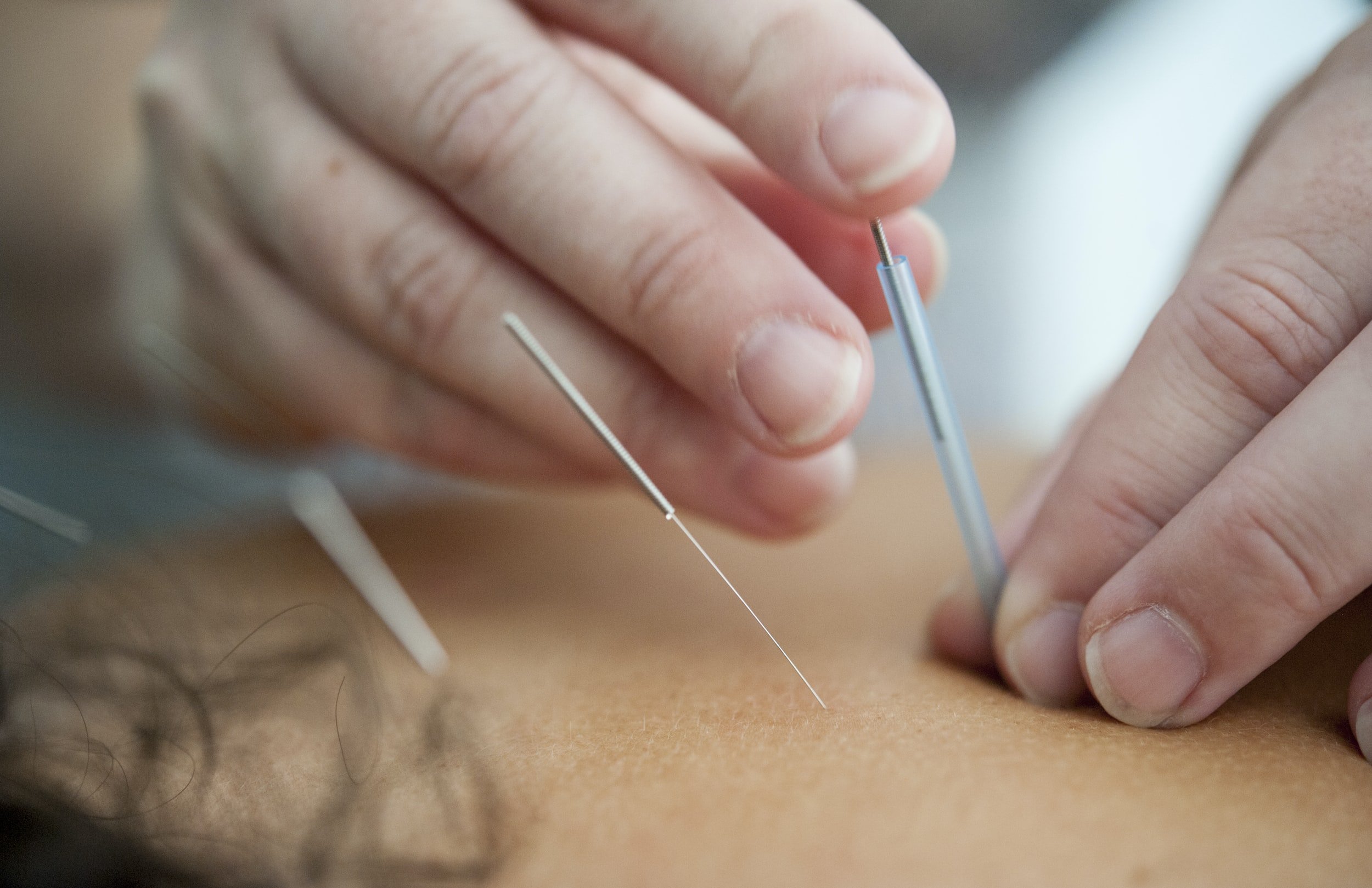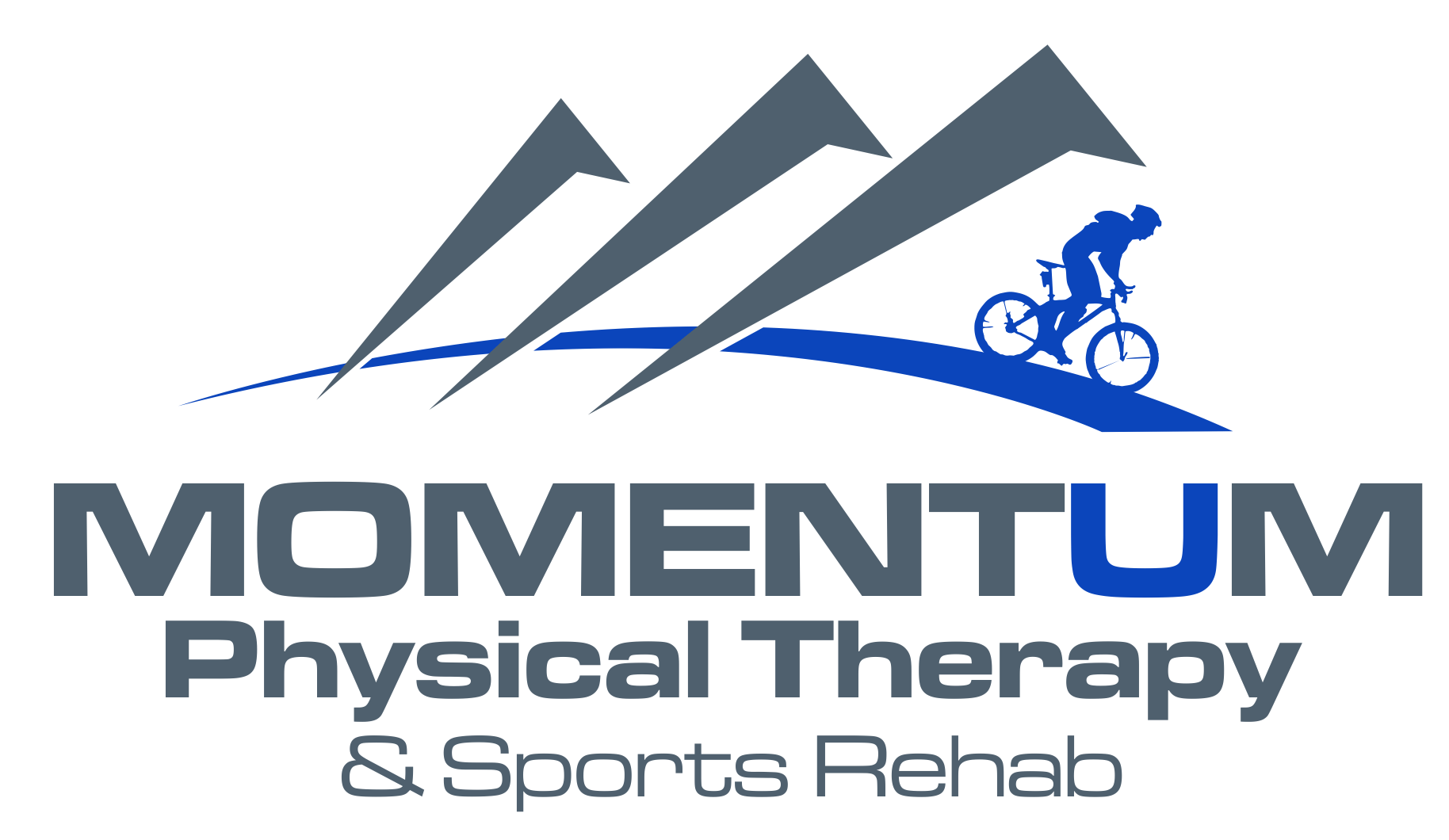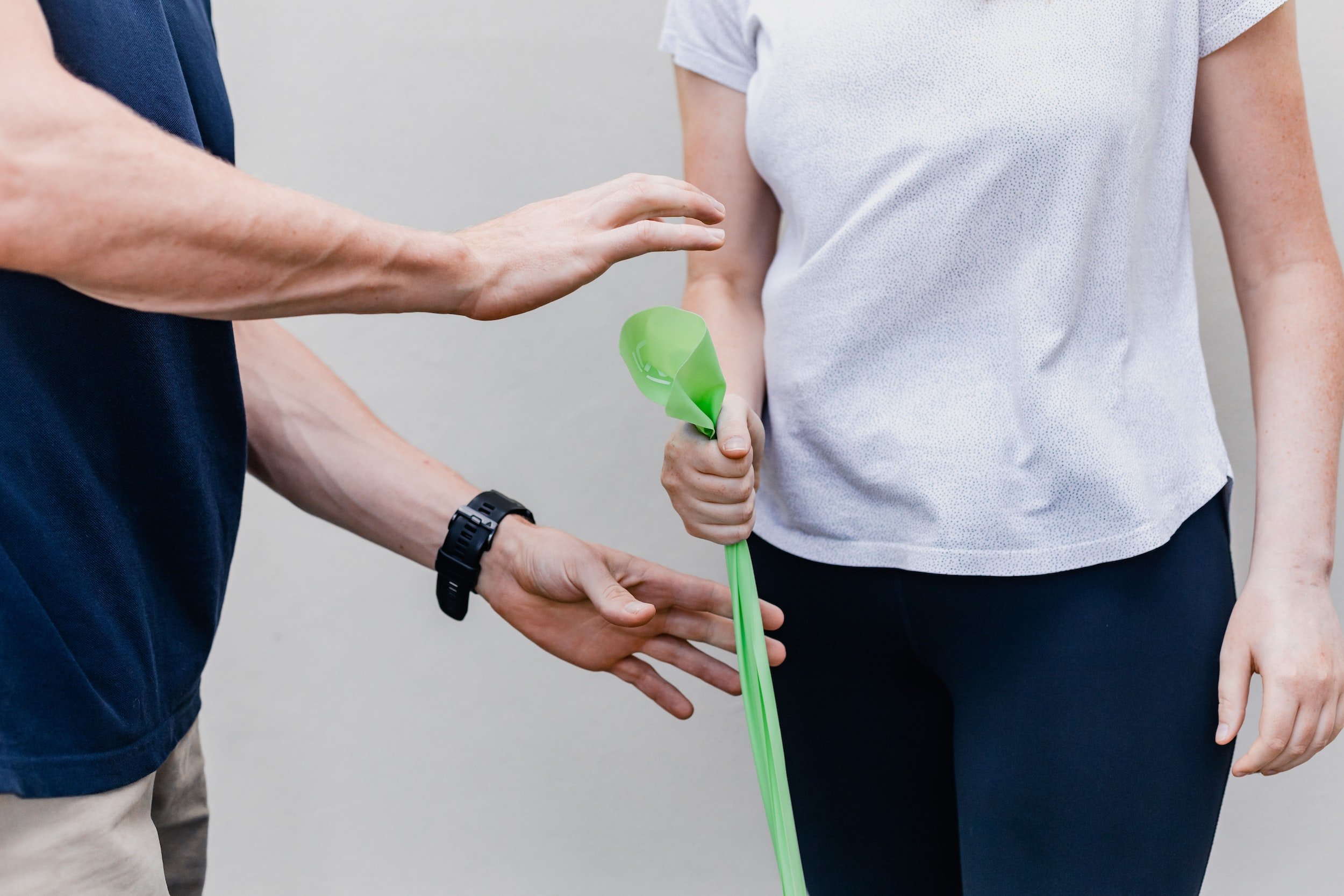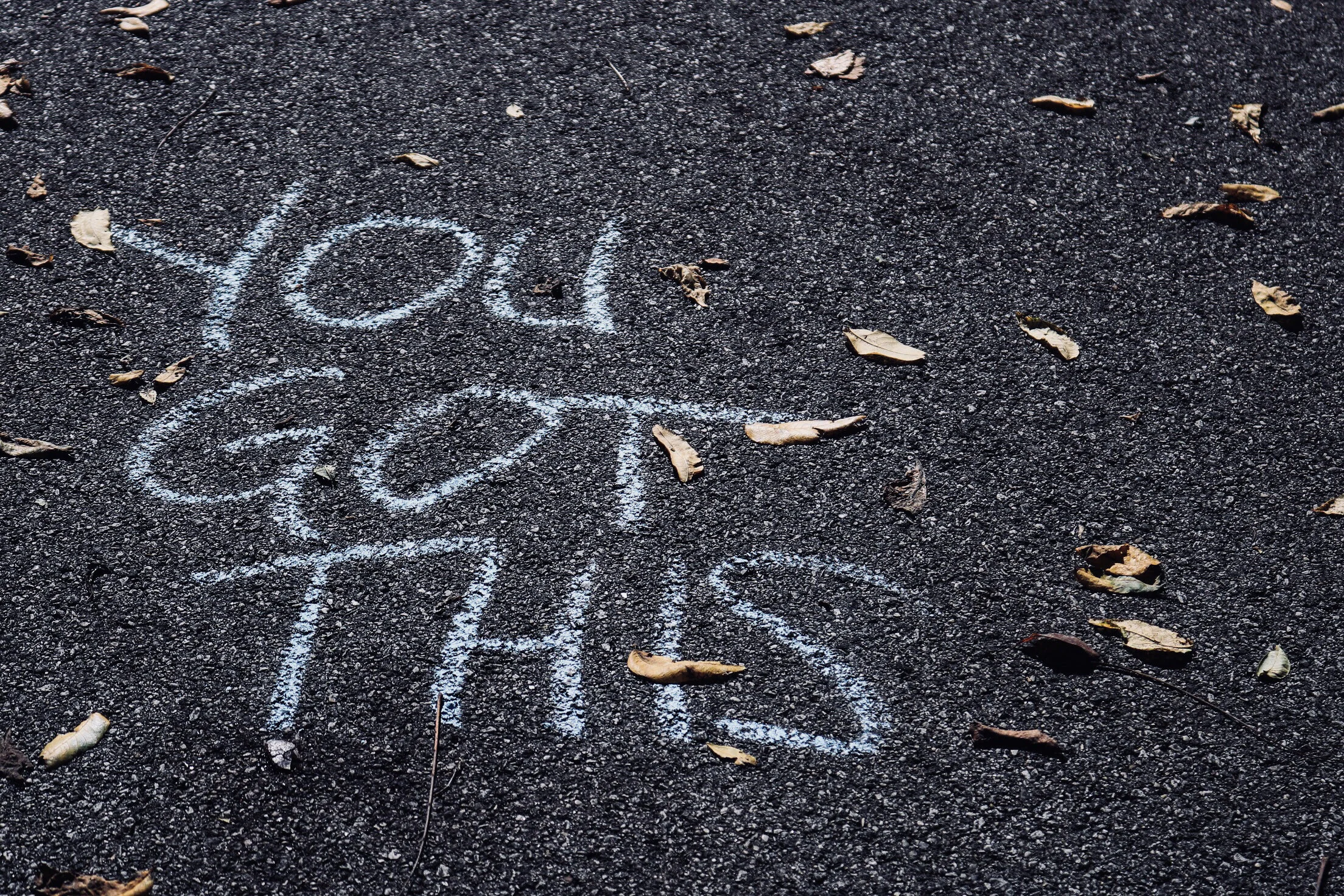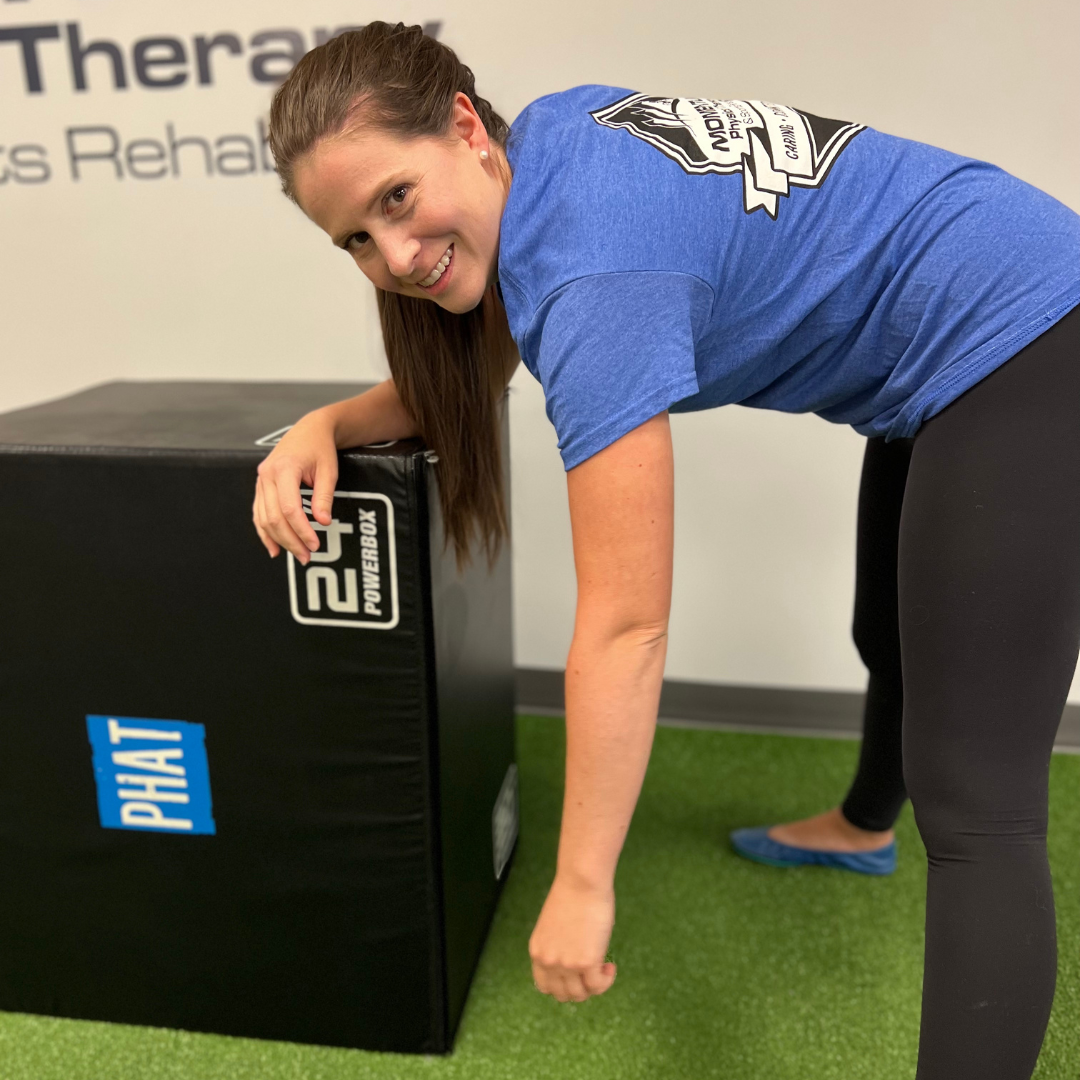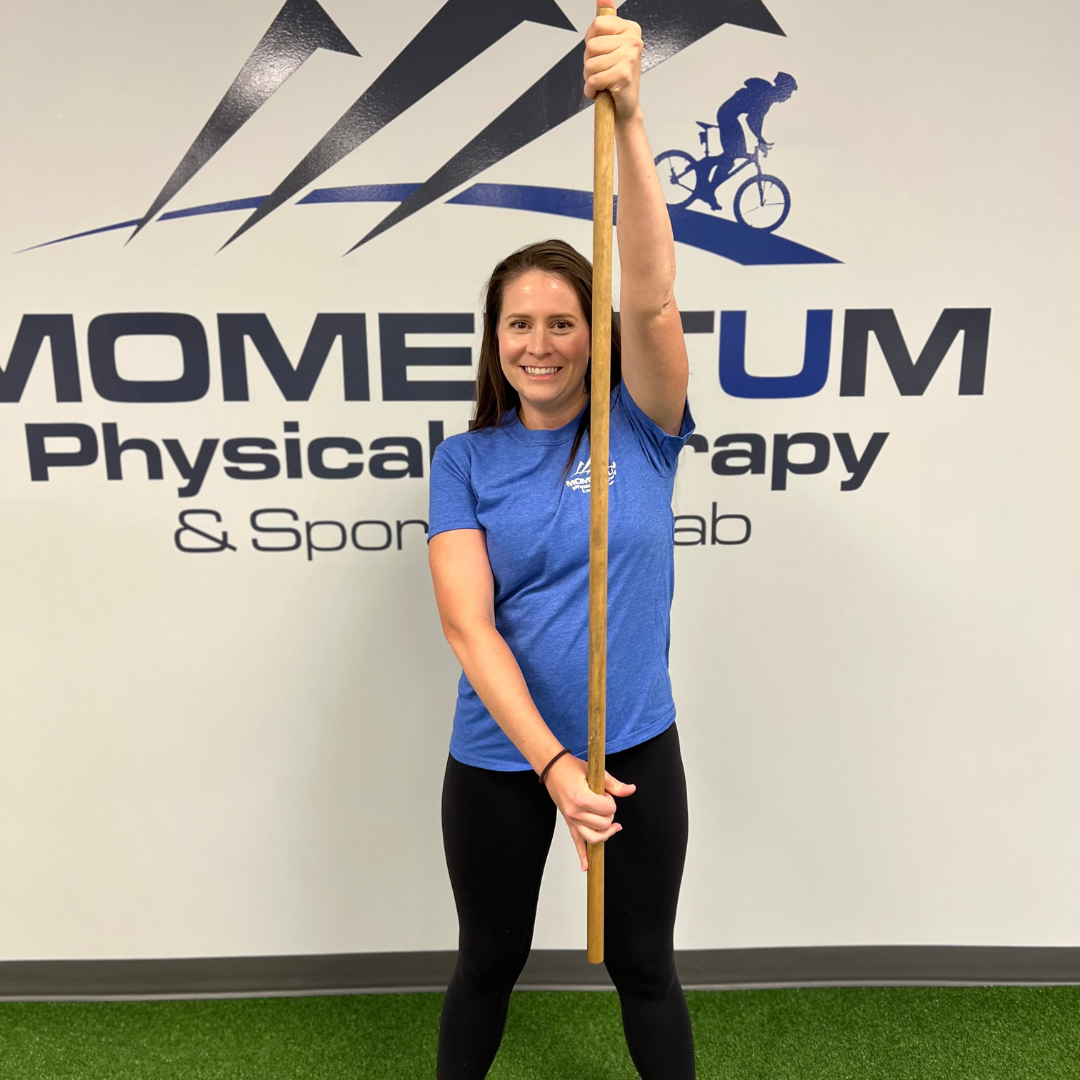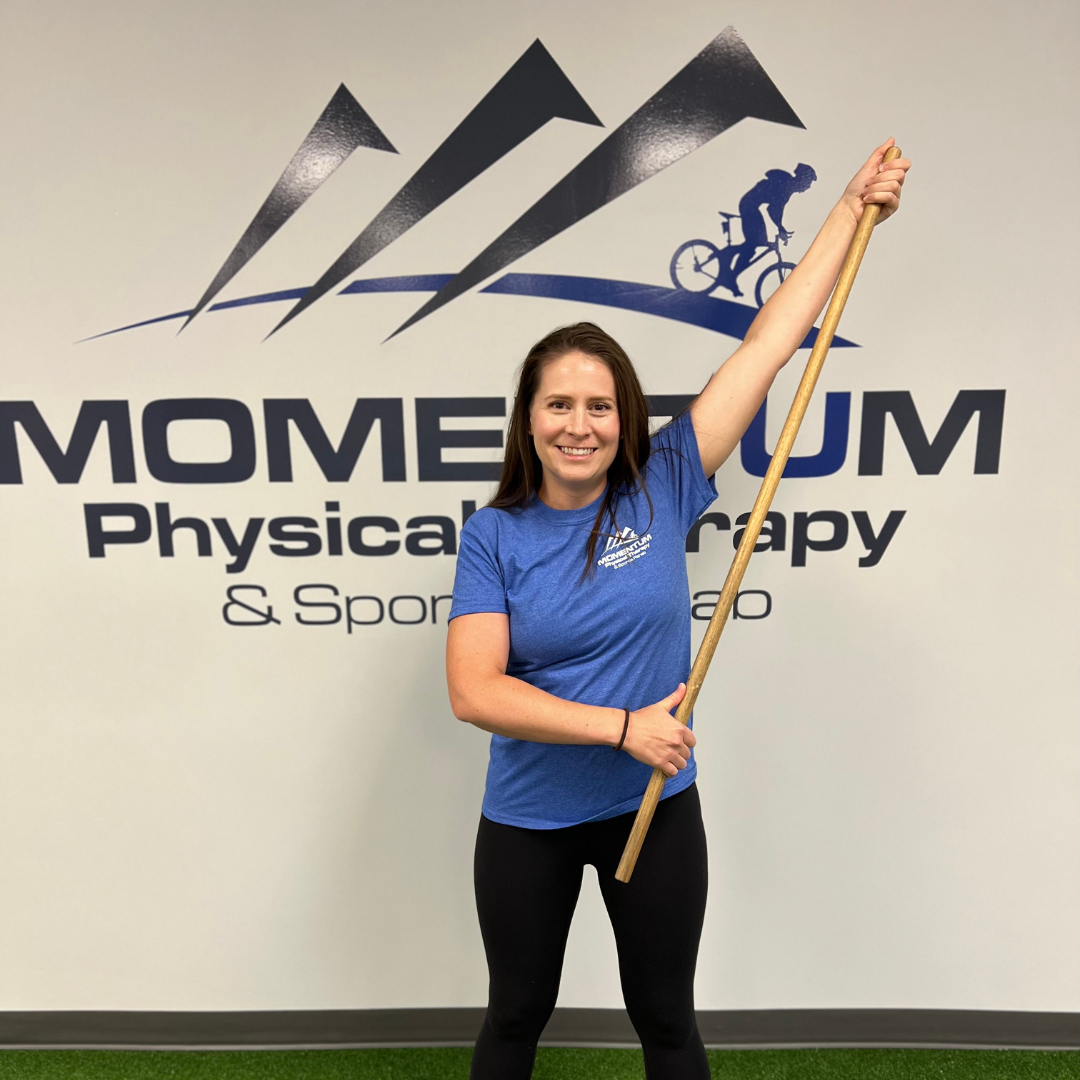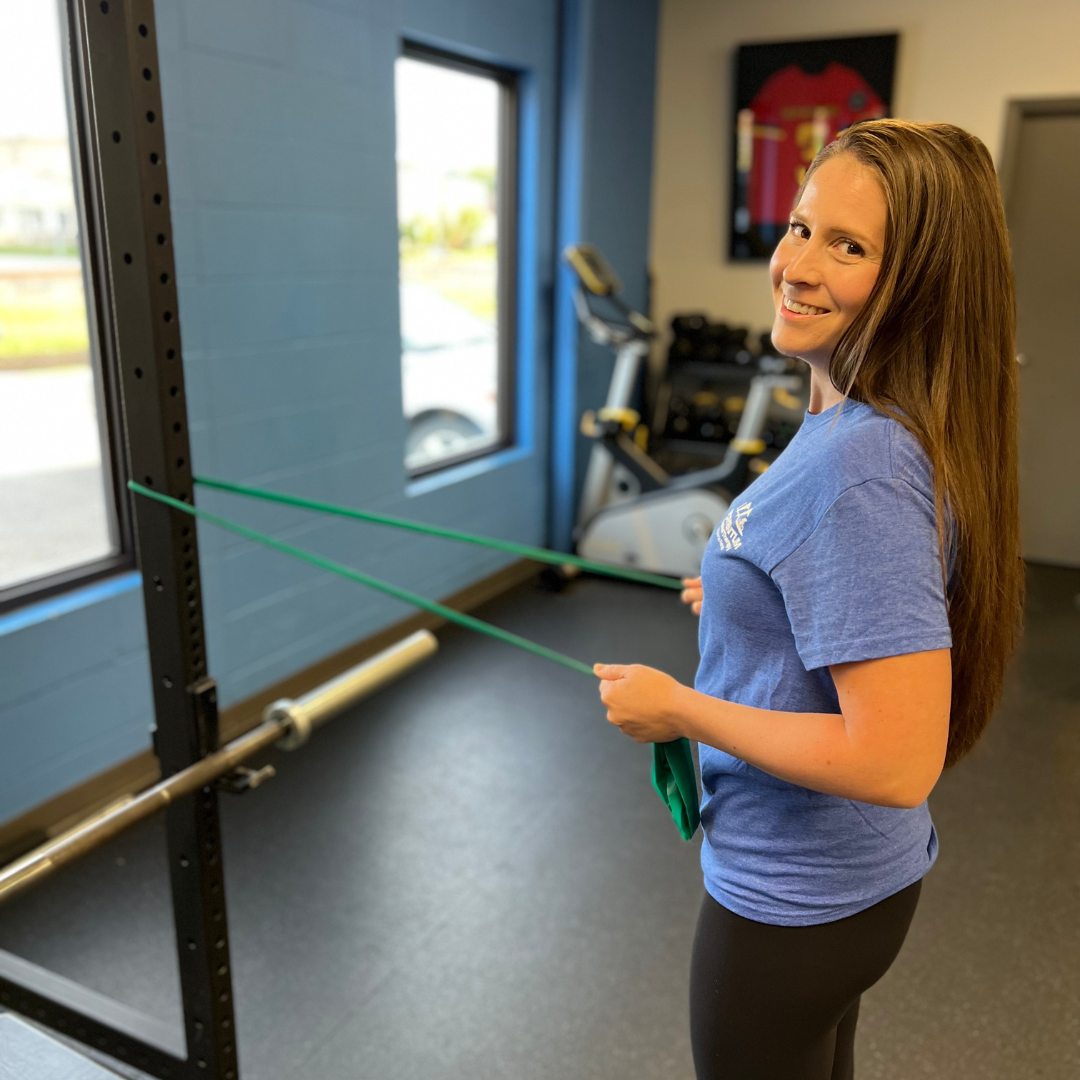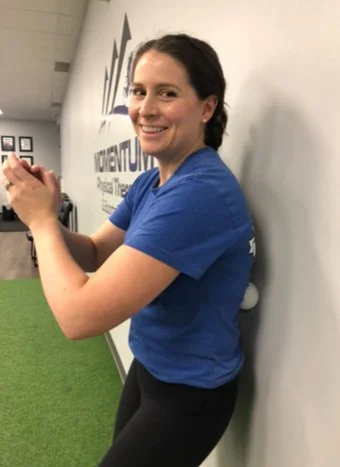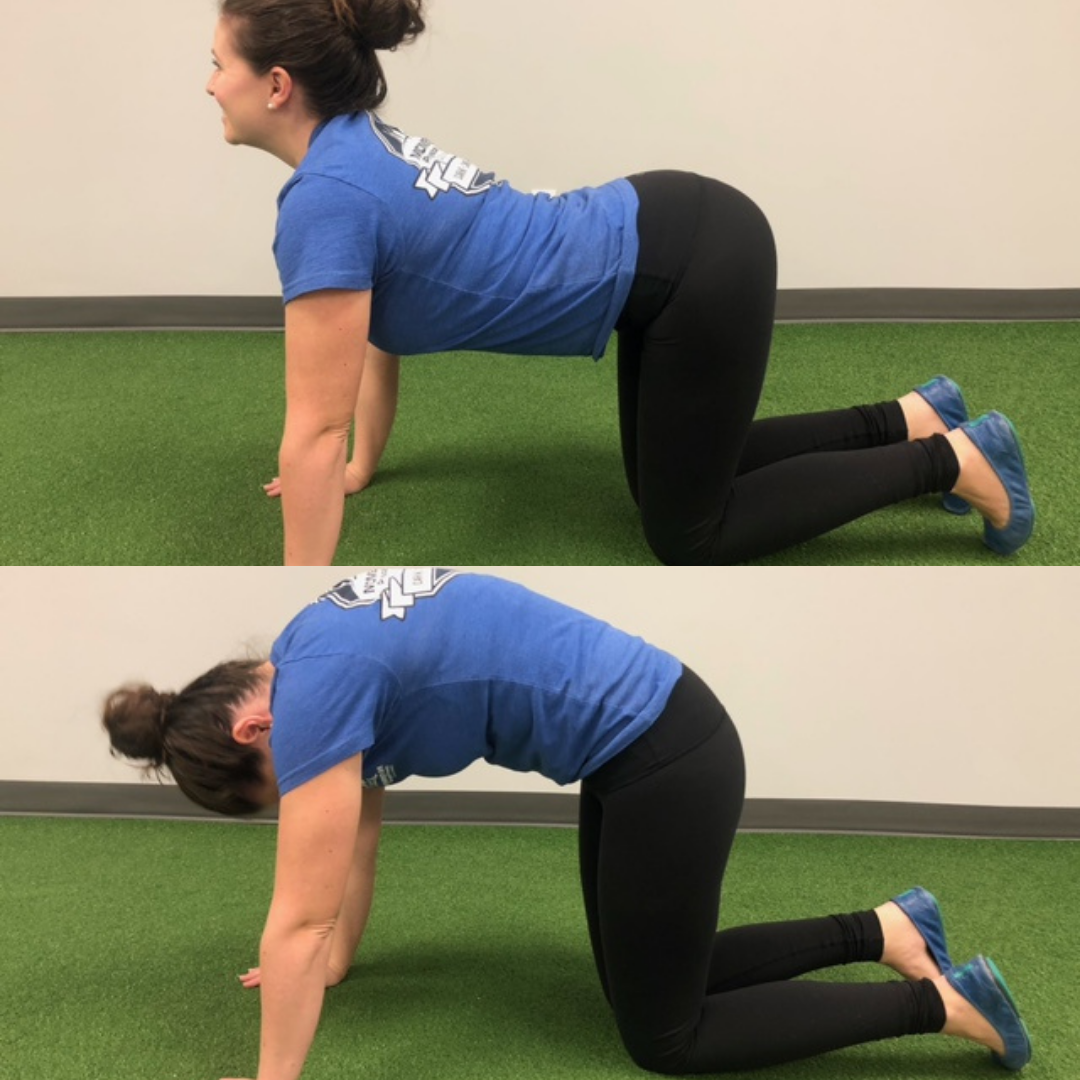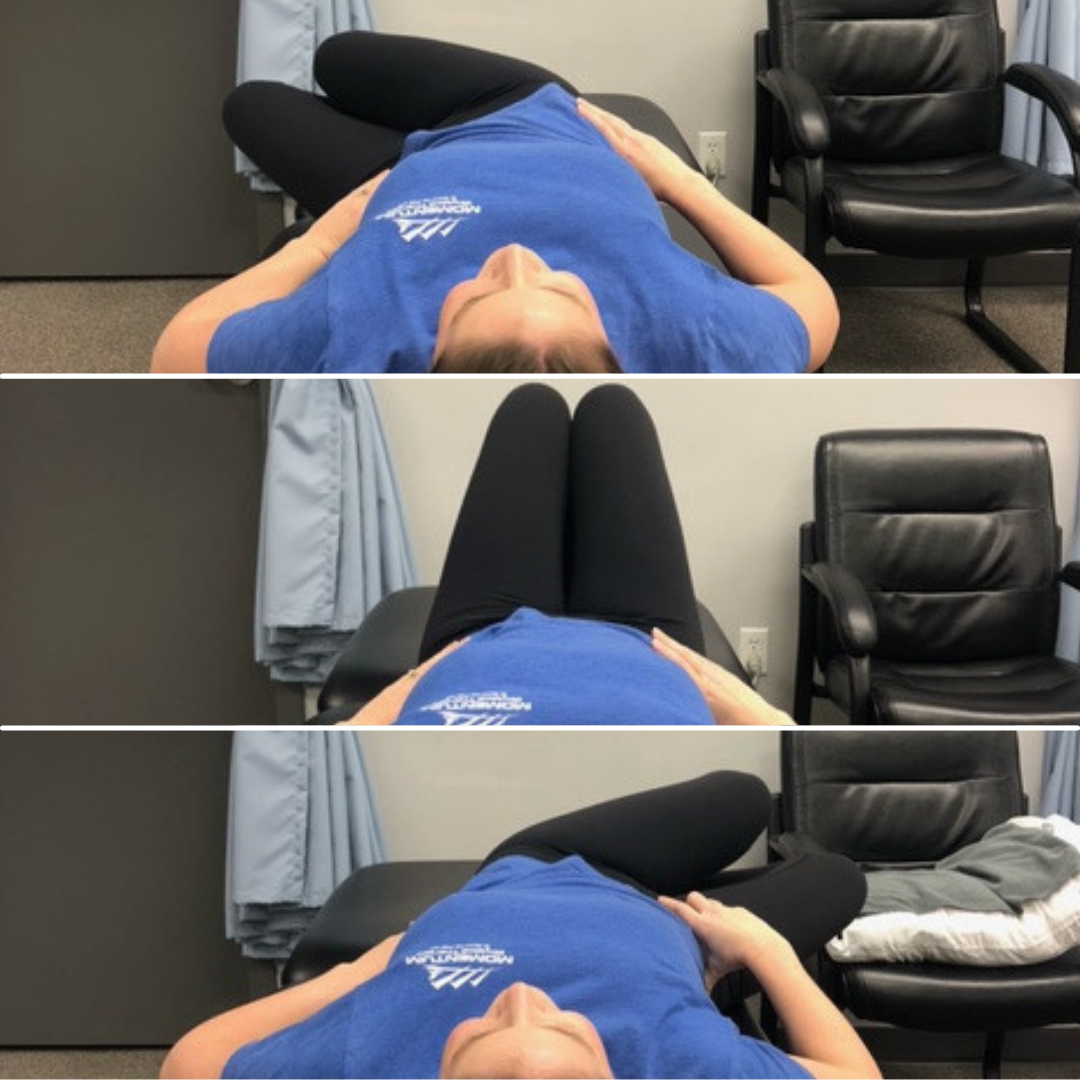The Top 5 Ways that Physical Therapy Help Your Osteoarthritis (OA)!
Have you, or a loved one, been diagnosed as having osteoarthritis? Are you feeling left in the dark with what osteoarthritis is or what you can do to help treat it? Consider this blog a starting point to understating more about osteoarthritis and what you can do to help manage your condition!
Before we jump into the discussion, let me introduce myself. My name is Stephen Uhrbach and I am a physical therapist at MOMENTUM Physical Therapy & Sports Rehab in Okotoks, Alberta. At our physiotherapy clinic, we have been treating people with osteoarthritis for the last 8+ years and have helped many people (just like you!) overcome the obstacles that osteoarthritis can seem to present.
First, let's start with an understanding of what osteoarthritis is:
what is Osteoarthritis (OA)?
Osteoarthritis (OA) is a common degenerative disease that affects our joints. With osteoarthritis, the cartilage (or the cushioning tissue between the bones of a joint) starts to break down. Over time, the cartilage can wear away leading to exposure of the underlying bone. This bone exposure leads to pain, stiffness, swelling and reduced movement of the affected joint. With time, the once smooth joint will become rough, and the cycle of pain, swelling, stiffness will continue and progress in severity.
What Joints are often affected by Osteoarthritis (oa)?
Osteoarthritis can occur in any joint, but we most commonly see it in:
Low back osteoarthritis (or degenerative disc disease)
Knee osteoarthritis
Hip osteoarthritis
Shoulder osteoarthritis
Hand osteoarthritis
Why Does Osteoarthritis occur?
Osteoarthritis can develop due to a variety of factors, including age, genetics, previous joint injuries, and being overweight. Symptoms of osteoarthritis can vary based on the person, but may include:
Pain or tenderness in the affected joint
Stiffness
Swelling
A crunching, grinding, or catching feeling when moving the joint,
Decreased range of motion (or movement)
Most osteoarthritis develops gradually and slowly progresses in severity. Many people deal with the beginning stages of osteoarthritis for months (or even years!) before they know that they are developing it.
Is There A Cure For Osteoarthritis?
There is no cure for osteoarthritis - once you have osteoarthritis in a joint, it will be there for good. Saying that, there are many treatments - such as physiotherapy and lifestyle modifications - that can help manage symptoms, improve quality of life, and truly minimize the effects of the arthritis on your life.
Today, in this blog post, we are going to go over the benefits of physical therapy and how it can help you manage your osteoarthritis. Fortunately, if you start to actively manage your osteoarthritis, you can slow its progression and minimize its effect on your life substantially.
5 Things That Physio Can Do To Help Osteoarthritis
… and why our physiotherapists at MOMENTUM Physical Therapy are the best suited to help you out!
1. Education:
First and foremost, understanding what osteoarthritis is and why your joints hurt is the first step in successfully managing your condition. All too often, we hear stories about what people think their osteoarthritis is. Common misconceptions include:
Now that I have knee osteoarthritis, I am going to need a knee replacement.
Now that I have osteoarthritis in my hands, I am afraid that it is going to spread to my elbow and shoulder.
Now that my doctor has told me that I have low back osteoarthritis (or degenerative disc disease), I am going to have low back pain forever.
Now that I have hip osteoarthritis, I should’t go for walks anymore.
Do any of these sound familiar to you? Maybe you have your own notion of the long term implication of osteoarthritis.
Physical therapists are great resources for you to learn about your osteoarthritis, understand what your current limitations are (and truthfully, they probably are not as limiting as you might think!), and learn how you can take charge of your osteoarthritis and successfully manage it.
At MOMENTUM Physical Therapy, we strive to teach you about your condition so you know the true implications of your arthritis. Understanding what is going on (and how you can tackle it) is the first step in successfully treating your osteoarthritis.
2. Hands On Physiotherapy:
When osteoarthritis begins to develop in a joint, you will often start feeling some stiffness, pain, and discomfort. This is a normal protective mechanism that is built into our bodies to help protect the inflamed and irritated joint.
For example, if you sprain an ankle or pull a muscle in your back, this short term tightening and stiffness is ok as the body repairs itself. However, if you are dealing with osteoarthritis, this stiffness and discomfort can have a detrimental effect on your joint health.
Prolonged joint stiffness will cause the joint to move incorrectly, which can lead to further joint damage and deterioration.
Hands on physical therapy is a powerful tool to help maintain (and maximize) normal joint movement in order to slow and stop osteoarthritis progression. Your physical therapist will perform treatments that may include:
Joint mobilizations/manipulations (gently loosening up the stiffening joint)
Trigger point muscle release (loosening the tightened protective muscles)
Intramuscular stimulation (loosing the tightened protective muscles. (click here to learn more about IMS)).
Acupuncture (loosening up the tightening muscles and reducing inflammation)
These treatments are designed specifically to loosen the tightening joint. Getting hands on treatment is a crucial step to resetting the irritated joint so you can continue to take charge of the osteoarthritis.
As a bonus, not only will these hands on physio treatments loosen up the osteoarthritic joint, but it will also reduce your pain, reduce your stiffness, and increase your ability to function (so you can continue to do what you love!). At MOMENTUM Physical therapy, we will ensure that you receive the hands on treatment that you need to maximize your joint health.
3. Exercises:
Research has shown time and time again that proper exercise is a key element to successful osteoarthritis management. Often people become hesitant to move (and strengthen!) for fear that moving and strengthening an osteoarthritic joint will make the osteoarthritis worse.
Interestingly enough, we see the opposite!
Individuals who become inactive tend to have their osteoarthritis progress, their pain increase, and their quality of life decrease. These inactive individuals tend to see their weight increase (which puts more load through the joints) and their muscles weaken (which leads to increased joint shearing and pressure as the stabilizing muscles no longer function optimally).
Individuals who learn how to properly increase their strength, balance, and endurance actually see their osteoarthritis symptoms reduce (and their quality of life improve). Routine physical exercise has been shown to:
Reduce body weight and joint loads
Improve joint movement
Increase muscular strength and balance to protect the arthritic joints
Increase activity tolerance to complete low to moderate intense activities
Connecting with a physical therapist, like those here at MOMENTUM Physical Therapy, can show you the specific exercises that you need to increase your joint movement, strength, and endurance. These specific exercises will become foundational to you managing your osteoarthritis and preventing symptom progression. Getting the right exercises is a HUGE component to your success.
4. Pain Management Strategies:
There is no arguing that sometimes osteoarthritis can be painful - especially when it is in an advanced state. Sometimes an arthritic hip or low back is just mad and needs some help to settle down.
Although osteoarthritis cannot be cured, there are treatments and strategies that physical therapists can use to help reduce your pain (in addition to the hands on treatments that we discussed above).
Depending on your symptoms, some common physical therapy treatments to help manage your osteoarthritis pain include:
Heating with hot packs, a hot compress or a hot tub. Heat will help loosen a stiffened joint (but should not be used of the joint is red, hot, or swollen).
Ice, cold packs, or Gameready cold compression. Ice will help reduce the swelling that sometimes can accompany and osteoarthritis flare.
TENS (Transcutaneous Electrical Nerve Stimulation). A tingly buzzing machine to temporarily distract your brain from your painful and arthritic joint.
Acupuncture. Tapping into traditional acupuncture can be an extremely powerful tool to help reduce joint swelling and pain.
At MOMENTUM Physical Therapy, we use these strategies everyday to help reduce and reset osteoarthritis pain. Your physical therapist will be able to review, teach, and apply some of these tools to you to bring you some relief from your osteoarthritic pain. It is important to note that all of these techniques will provide temporary relief to your symptoms. Ensuring that you are getting hands on therapy and exercises (like we mentioned above) are your best ways to provide longer term relief.
5. Bracing:
If your osteoarthritis has progressed to a state where you need a little more support than hands on work, exercise, and pain relieve strategies can provide, you might need to try specific braces or supports to take pressure off of the arthritic joint.
We see this most commonly applied to the knee.
Without getting into the nitty gritty details, knees often develop osteoarthritis in one of their compartments (FYI - there are three compartments in the knee). There are specific braces (Custom Offloading knee braces) that can be used to take the pressure off of the compartment with the osteoarthritis and redistribute the load onto a healthy compartment.
We have had a ton of success with the Offloading Knee Brace when it is properly prescribed and many people return to near normal levels of activity when wearing the brace appropriately.
If you are having difficulty managing your osteoarthritis, your physical therapist can evaluate your arthritic joint and let you know what options you have for bracing or support.
Overall, osteoarthritis is a very common condition that we see and treat at MOMENTUM Physical Therapy in Okotoks daily. Many people cary an unnecessary perception on the burden that osteoarthritis can have on their life. Connecting with a physical therapist is a vital step for you to learn about your osteoarthritis, receive some hands on therapy and exercise, get some pain relief, and restore your quality of life.
If you are dealing with osteoarthritis (or know someone who is), reach out. Our team of award-winning physical therapists at MOMENTUM Physical Therapy, located in Okotoks, would be thrilled to partner with you to set a recovery plan in motion and get you back to doing what you love to do.
Don’t delay, call today to start working with one of our Physical Therapists in Okotoks.
You don’t need to live in pain…
Our award-winning team here at MOMENTUM Physical Therapy- in Okotoks, is ready to help! Give us a call today at 403-982-5600 to get booked in with one of our awesome physiotherapists, massage therapists, or trainers. Or feel free to book online HERE!
We’re here for you!
Frequently Asked Questions
Can physiotherapy fix osteoarthritis?
Although physiotherapy cannot remove arthritis from your joints, it is a powerful tool to reduce your pain, improve your movement, prevent arthritis from worsening, and maintain your quality of life. If you are dealing with arthritis in your body, it is a good idea to consult with a physical therapist to learn about how you can minimize your arthritis and its effect on your life.
What type of physiotherapy can help with osteoarthritis?
Physical therapy that focuses on a combination of hands on therapy, education, and appropriate exercise is the best way to manage and minimize the effects of arthritis on your body. Treating and learning how to manage your arthritis is the best way to minimize its effect on your life.
What is the best thing to do to combat osteoarthritis?
The best way to manage arthritis is to receive hands on therapy with specific strength, endurance, and range of motion exercises tailored to your needs. Consulting with a physiotherapist is a great resource to start with.
Meet our Registered physiotherapists:
Meet our Kinesiologists:
Momentum Physical Therapy, located in Okotoks, Alberta, is ‘Here for YOU’.
If you are experiencing shoulder pain, have a back injury, or you just want to learn more about how massage therapy and physiotherapy can help heal your pain, don’t delay and call MOMENTUM Physical Therapy today. You can reach registered physiotherapists and massage therapists at MOMENTUM, located in Okotoks, by calling 403-982-5600. We look forward to helping you feel you best again.



